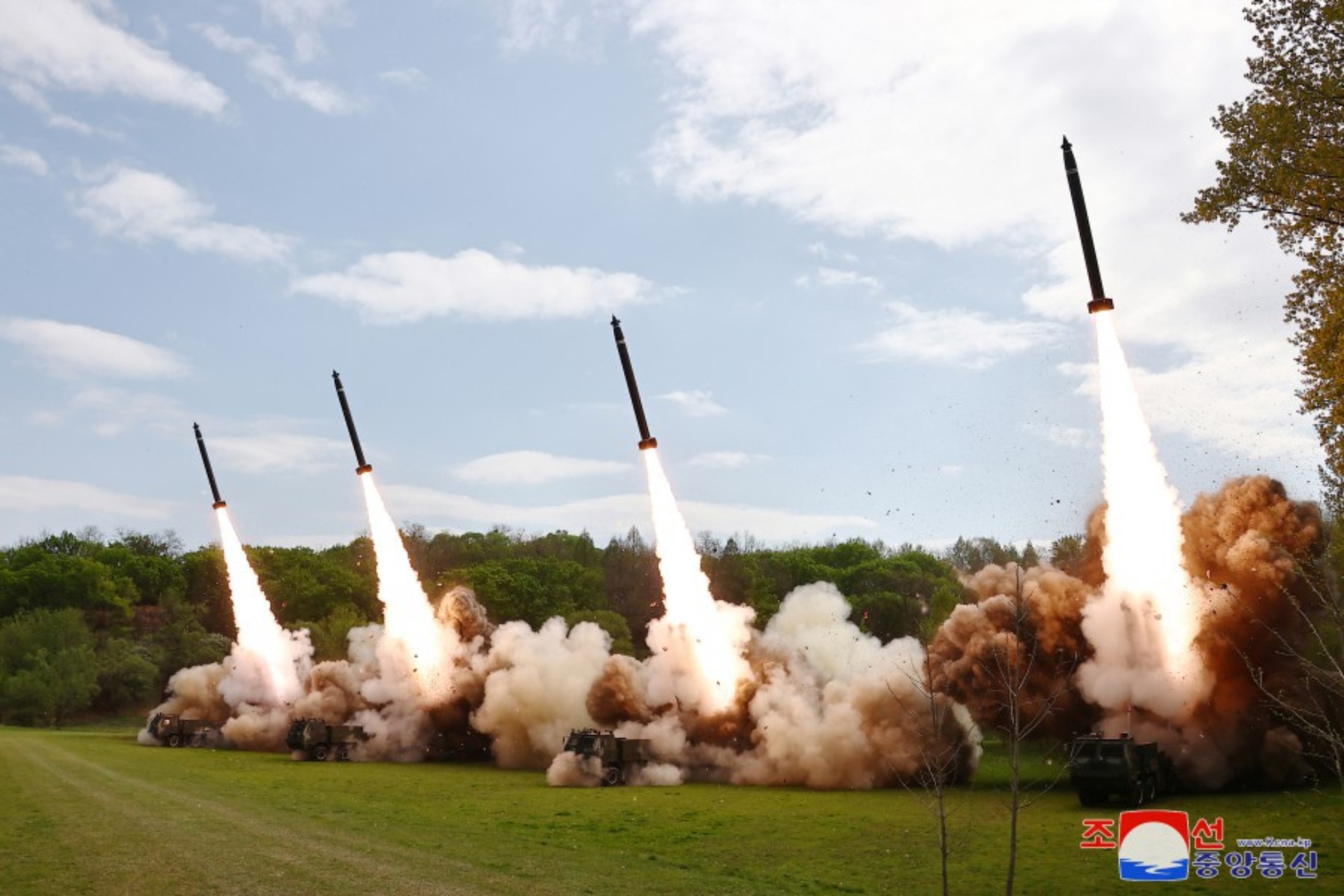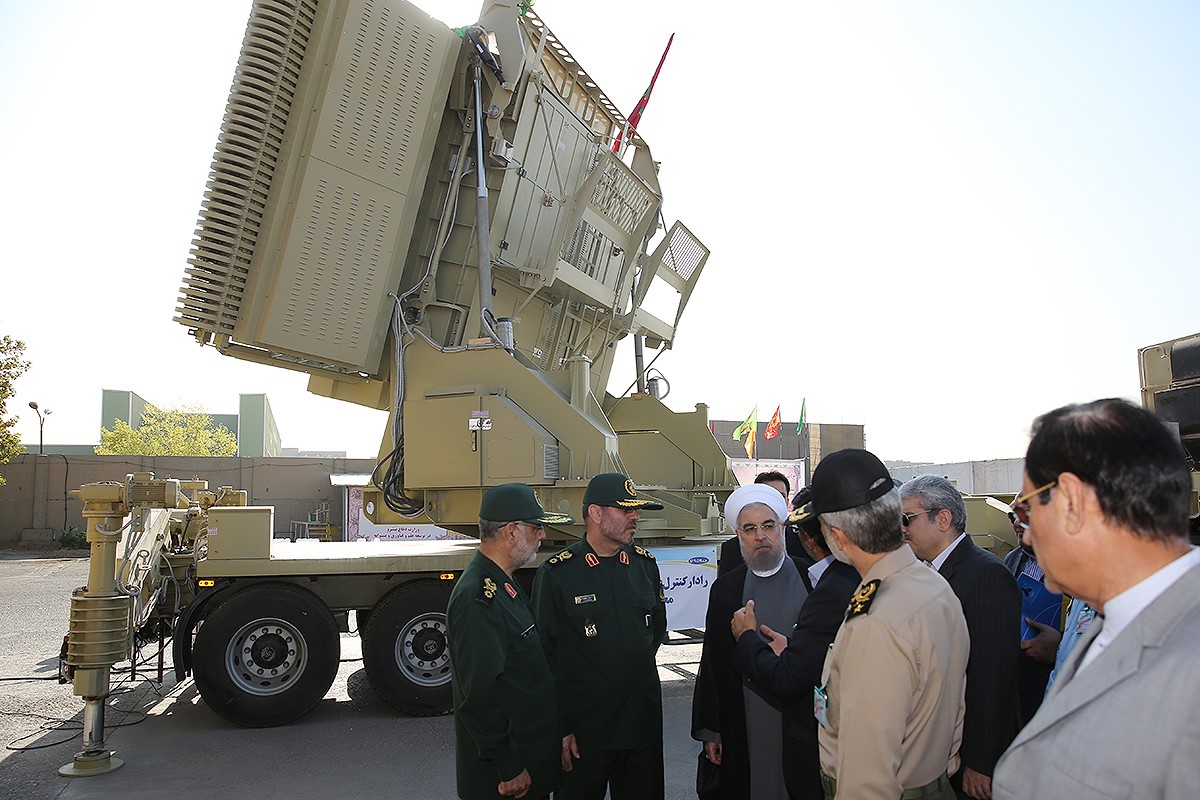The Cassini spacecraft will reach its grand finale on September 15, when it will plunge into Saturn's atmosphere, where the temperature and pressure will crush and vaporize the craft into oblivion. The death dive takes place almost 20 years after the spacecraft first launched and marks the end of one the longest missions undertaken by NASA, the European Space Agency (ESA) and the Italian Space Agency (ISA).
To mark the end of the Cassini-Huygens mission, Newsweek looks at its landmark events over the last two decades—and what will happen in the final weeks of the spacecraft's voyage.
Conception
The Cassini mission was first suggested as a joint mission between the U.S. National Academy of Sciences and the European Science Foundation in the early 1980s. After various setbacks, NASA and the ESA agreed to the joint venture in 1988, with a view to launching two spacecraft—one to visit Saturn and the other to land on Saturn's moon Titan.
Launch in 1997

The spacecraft launched on October 15, 1997, from Cape Canaveral in Florida. The craft carried the Cassini orbiter, which would eventually be placed into Saturn's orbit, and the Huygens probe, destined for Titan.
Venus flybys, 1998-1999
Cassini passed Venus for the first time on April 25, 1998. It came within 176 miles of the surface of Venus and used the planet's gravity to accelerate the spacecraft to a speed of around four miles per second. The following year, on 24 June, the spacecraft passed Venus for a second time to get another gravity boost.
Earth flyby, 1999
Cassini came within 700 miles of Earth on August 17, 1999. This flyby helped speed up the spacecraft to 3.4 miles per second, sending it on its way to its next destination—Jupiter.
Exploring the asteroid belt and Jupiter, 1999-2001
Over the next two years, Cassini traveled through the asteroid belt that sits between Mars and Jupiter. Scientists were able to use instruments on board to study this region of space before the spacecraft moved on to Jupiter, passing by on December 30, 2000. While in this part of space, Cassini joined up with the Galileo spacecraft to give a new view of the largest planet in the solar system.
Arrival at Saturn, 2004

Cassini started approaching Saturn in April 2004 and began exploring Saturn's moons over several months. It discovered two new moons, Methone and Pallene, in May, before making its first flyby of Phoebe in June. The spacecraft was inserted into Saturn's orbit on July 1.
Huygens departure for Titan, 2004

The Huygens probe detached from Cassini on December 23, beginning a three-week descent to the surface of Titan. It successfully landed on January 14, 2005. Its battery lasted for 72 minutes after landing and marks the first and only landing on a moon or planet in the outer solar system. Data returned provided an unprecedented view into the moon's meteorology and geology.
Cassini flybys, 2005-2012
Over seven years orbiting Saturn, Cassini made multiple flybys of the planet and its moons. During this time, it saw liquid water on Enceladus, discovered new rings round the planet and found lakes on Titan. After completing its primary mission in May 2008, the spacecraft continued its next phase of exploration. In February 2010, the mission was extended to 2017.
Goodbyes, 2015-2016

Over 2015 and 2016, Cassini began making its final flybys of Saturn's moons. During these last trips, it saw jets of ice and dust coming from Enceladus, charted Titan's tallest peaks and found that its huge sea was mostly pure liquid methane. It completed its last flyby of Titan in April this year.
Ring dives, 2017

At the start of the year, Cassini began more daring maneuvers into Saturn's rings, completing its first dive in April. This marked the start of the grand finale, with 22 scheduled dips into the rings giving a view of the solar system never seen before. So far, all of the dives have been a success.
The Grand Finale
On September 15, Cassini will make a final dive into Saturn's atmosphere where it will be crushed and vaporized. This violent end is a precaution planned by scientists to prevent any potential contamination from the spacecraft spreading to Enceladus and Titan, which are seen as potential places that microbial life could have emerged.
Cassini will make its final Titan flyby on September 11. Three days later, it will take its final image before turning its antenna towards Earth to send back the final data to NASA. On September 15, Cassini will begin its descent. It will sample Saturn's atmosphere before crossing the orbital distance of the outermost main ring.
At 6.31 EDT, the spacecraft will start its atmospheric entry. After just a minute, its thrusters will be firing at 100 percent of their capacity. At this point it will lose contact with Earth and Cassini will be no more.

Uncommon Knowledge
Newsweek is committed to challenging conventional wisdom and finding connections in the search for common ground.
Newsweek is committed to challenging conventional wisdom and finding connections in the search for common ground.
About the writer
Hannah Osborne is Nesweek's Science Editor, based in London, UK. Hannah joined Newsweek in 2017 from IBTimes UK. She is ... Read more
To read how Newsweek uses AI as a newsroom tool, Click here.








